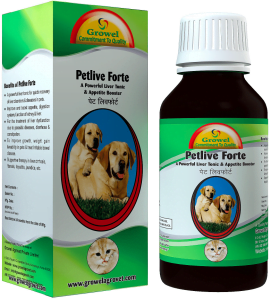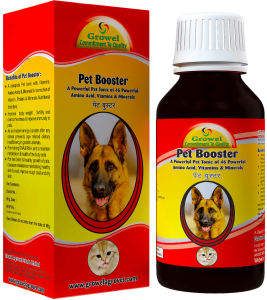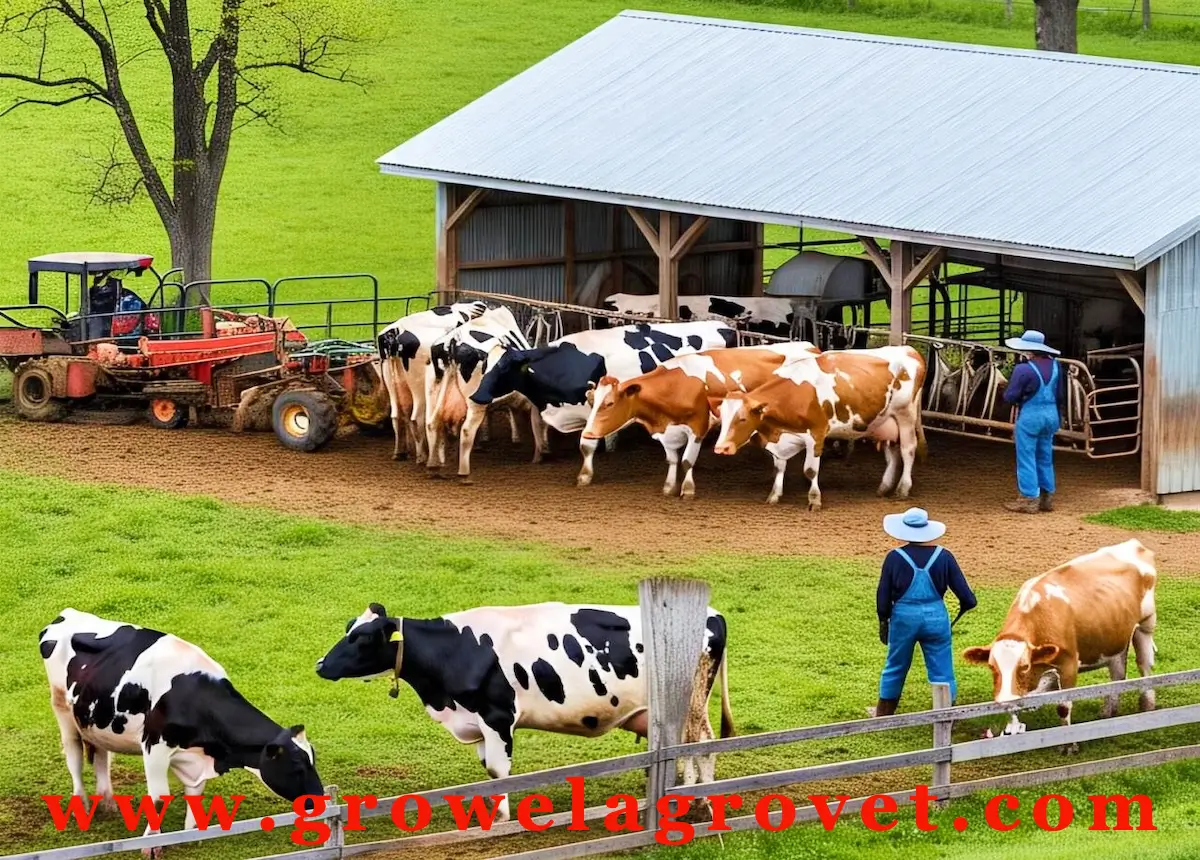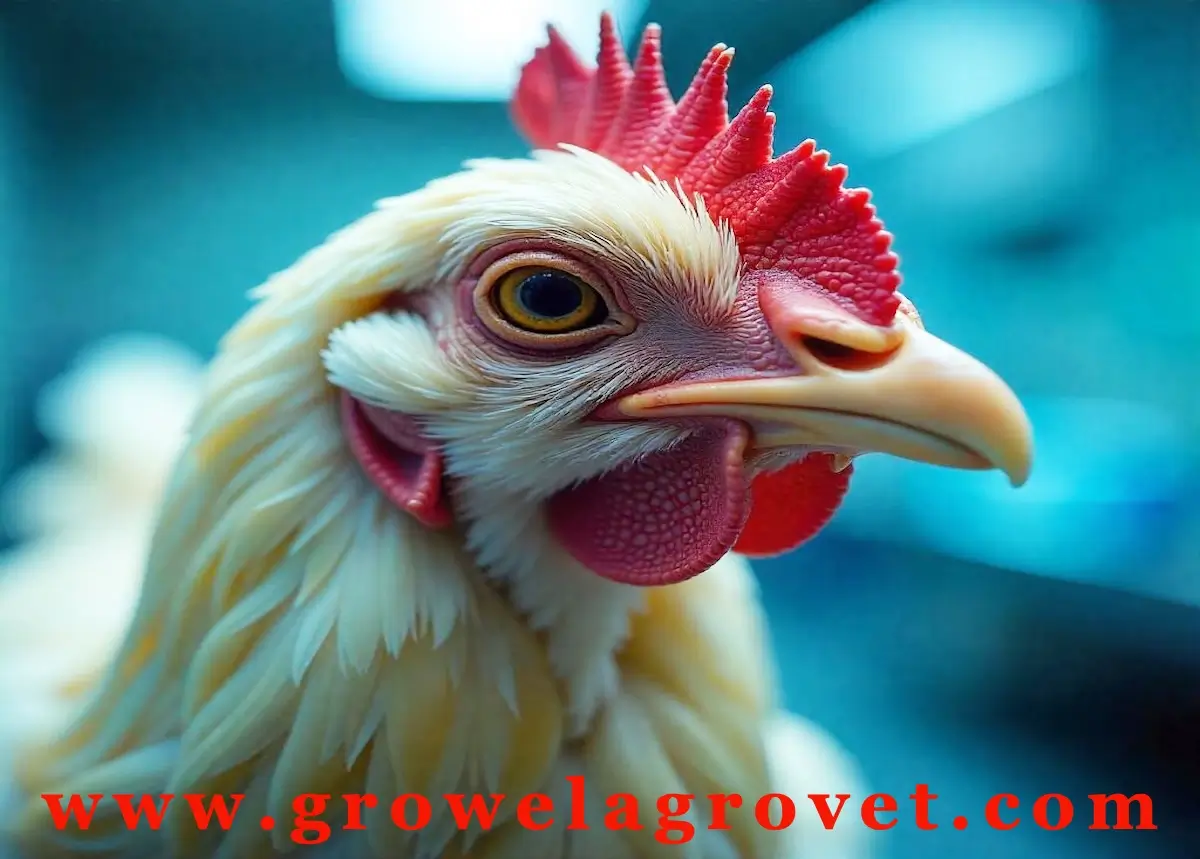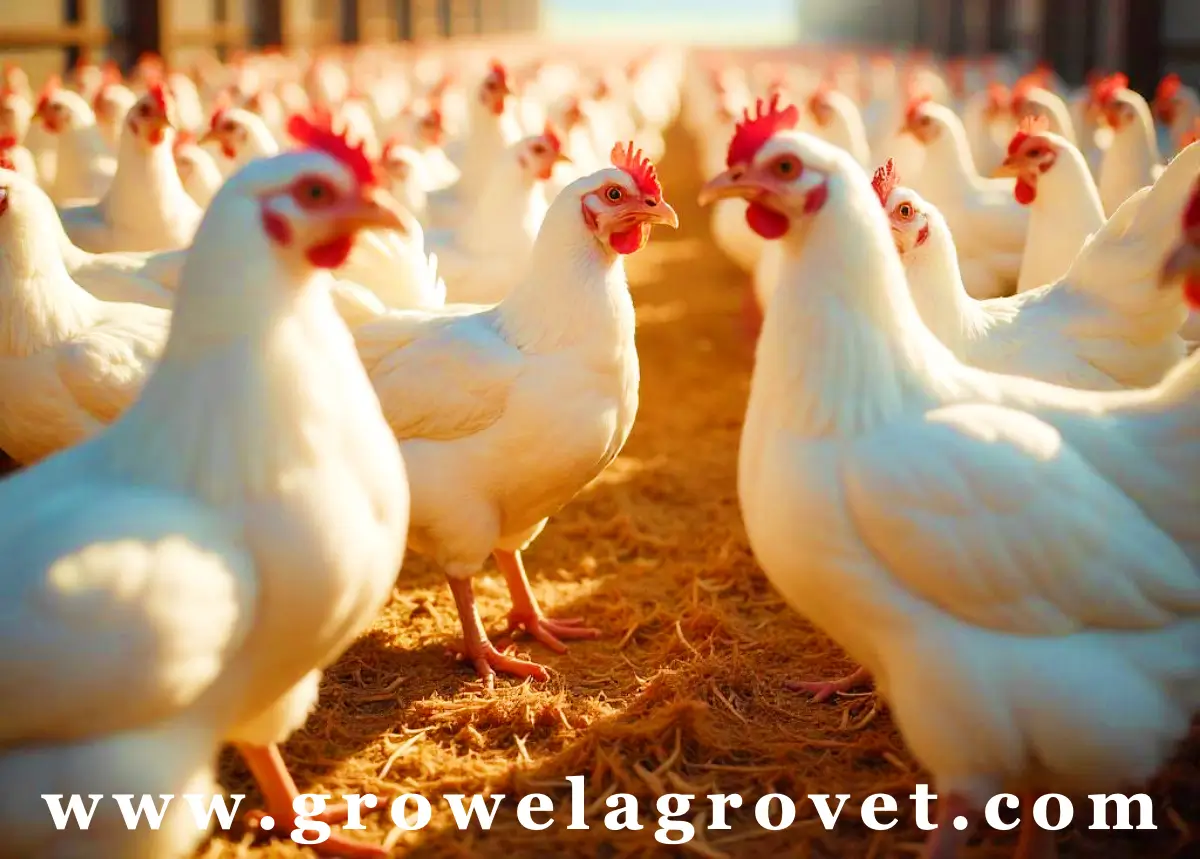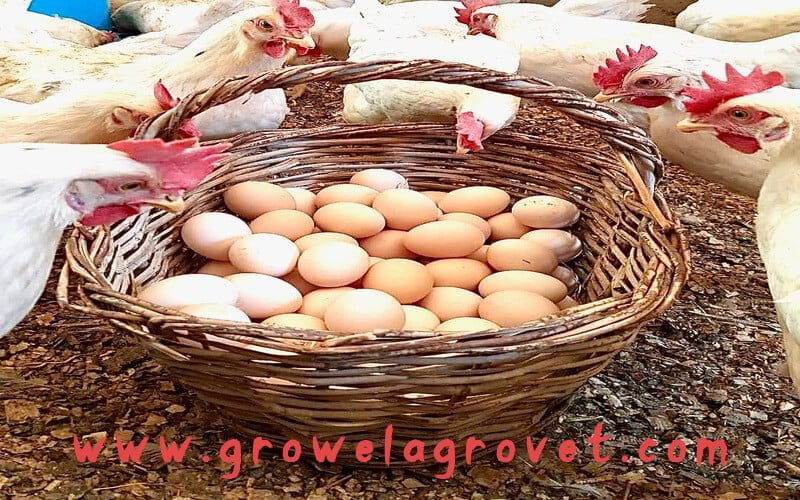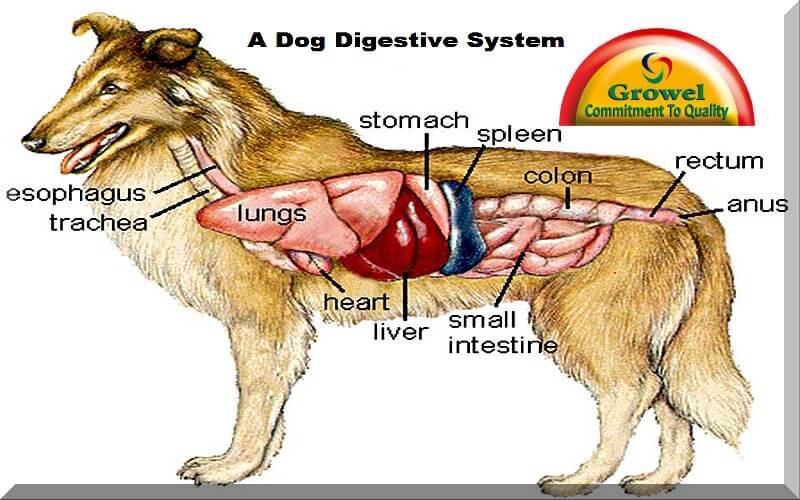 Dog digestive system is different than a human’s and therefore dogs process and eat differently than us. This is important to know and understand a dog digestive system that you can feed your dog the correct diet and be aware when something goes wrong.The dog has a mono-gastric gastrointestinal tract that includes the mouth, esophagus, stomach, small intestine, and large intestine. This tract works with the aid of the salivary glands, pancreas, liver, and gallbladder to break down the large forms of nutrients in the food into simpleforms that the body can absorb and utilize.
Dog digestive system is different than a human’s and therefore dogs process and eat differently than us. This is important to know and understand a dog digestive system that you can feed your dog the correct diet and be aware when something goes wrong.The dog has a mono-gastric gastrointestinal tract that includes the mouth, esophagus, stomach, small intestine, and large intestine. This tract works with the aid of the salivary glands, pancreas, liver, and gallbladder to break down the large forms of nutrients in the food into simpleforms that the body can absorb and utilize.
Mouth and Esophagus of Dog : A dog digestive system-process begins in the mouth with the mechanical breakdown of food into smaller particles through the action of the teeth that line the upper and lower jaws. Saliva secreted by the salivary glands aids to lubricate the food. Unlike humans, the enzyme ptyalin, an alpha-amylase, is not found in the saliva of dogs. After swallowing, food moves rapidly through the esophagus to the stomach. The cardiac sphincter, which is located at the base of the stomach, relaxes to allow food to enter from the esophagus into the stomach, and then immediately closes to prevent the acidic stomach contents from backing up into the lower esophagus.
Stomach of Dog:The gastric juice, which is produced by the cells of the stomach, contains mucus, hydrochloric acid, pepsinogen (the inactive form of the enzyme pepsin), and the enzyme gastric lipase. Hydrochloric acid influences the conversion of pepsinogen to its active form, pepsin, which partially hydrolyzes protein to smaller polypeptides while in the stomach. The enzyme gastric lipase, which plays a minor role in the digestion of fats, hydrolyzes triglycerides into fatty acids and glycerol. The resulting chyme (a semifluid mass of partially digested food and digestive juices) then passes into the small intestine via the pyloric sphincter that closes instantly to prevent reflux back into the stomach.
Small Intestine in Dog : In a dog digestive system-digestion and absorption of nutrients in the body occurs primarily in the small intestine. The duodenum (the section of the small intestine closest to the stomach) is mainly responsible for digestion, while the jejunum (the middle section of the small intestine) and the ileum (the terminal section of the small intestine) are mainly responsible for absorption. To digest carbohydrates, fats, and proteins, the pancreas and the walls of the small intestine secrete into the intestinal lumen the following enzymes:
- pancreatic amylase converts starch into maltose
- intestinal maltase converts maltose into glucose
- intestinal lactase converts lactose into glucose and galactose
- intestinal sucrase converts sucrose into glucose and fructose
- pancreatic lipase converts triglycerides into monoglycerides and fatty acids
- intestinal lipase converts triglycerides into glycerol and fatty acids
- trypsin and chymotrypsin (secreted by the pancreas) converts proteins and polypeptides into peptides
- pancreatic carboxypeptidase converts peptides into small peptides and amino acids
- intestinal aminopeptidase converts peptides into amino acids.
It should be mentioned that bile, which is secreted by the liver and stored in the gallbladder, emulsifies fats to provide sufficient surface area for efficient digestion.
As end products of digestion are made available, they are absorbed across the intestinal wall into the body. The surface area available for absorption is increased by small fingerlike projections called villi that cover the intestinal wall. Each cell lining the surface of each villus is covered with hairlike projections called microvilli. As nutrients travel through the small intestine, they are trapped in the villi of the intestinal wall and absorbed through the microvilli into the lining cells. The nutrients absorbed then pass into the interior of the villi that contain veins, arteries, capillaries, and lymphatic vessels for transport to the tissues of the body.
Large Intestine in Dog :The contents of the small intestine enter the large intestine through the ileocecal valve, which then closes to prevent material from backing into the ileum of the small intestine. The
large intestine, which includes the cecum, colon, and rectum, is responsible mainly for the bacterial digestion of dietary fiber and absorption of water and minerals. Furthermore, the bacterial population present in the colon also produces some vitamins and various gases. Feces, which consists of undigested food, water, sloughed cells, digestive secretions, and bacteria, then passes into the rectum and is excreted through the anal canal.
Guidelines for Selecting Foods and Feeding for a Sound Dog Digestive System:
- Make sure that the food should be manufactured by a reputed manufactured & check the review of the food online.
- Be certain that the food has an expiration date.
- Look for meat (beef, chicken, lamb or turkey) as the first ingredient, rice as the main grain in the formula, and mixed tocopherols (vitamin E) as preservatives. It’s worth mentioning that foods preserved with vitamins have a shorter shelf life than foods preserved with butylated hydrox yanisole (BHA) or butylated hydroxytoluene (BHT). However, according to some research, very high doses of these chemicals may cause cancer.
- Store food in a sealed container in a cool, dry place
- If the dog has a special dietary requirement that cannot be met by commercial foods, consider feeding homemade diets.
- Feed the dog according to correct body weight and condition, and consider factors such as growth, adult maintenance, level of activity, gestation, lactation, and age.
- When changing foods, mix 1/4 of the new food to 3/4 of the old food, and increase gradually to prevent gastric upsets. Watch the dog’s stool, weight, and coat while changing foods.
- Feed adult dogs twice a day to prevent gorging on a single meal and to reduce the occurrence of gastric upsets. Allow approximately 20 minutes for the dog to clean the bowl.
- Make sure that puppies consume colostrum (first milk) within the first 36 to 48 hours after birth the absorption of colostrum immunoglobulins (antibodies) across the intestinal wall decreases thereafter, hence, reducing the chances of survival greatly.
- Make sure that the dog has fresh and clean water at all times.
Conclusion about Dog Digestive System & Diet :
Like humans, dogs require a diet that contains the correct amounts of carbohydrates, fats, proteins, vitamins, minerals, and water that provide sufficient energy to meet the daily needs of their particular life cycle. Dietary requirements for dogs can vary according to breed, stage of life, level of activity, health status, living conditions (indoor or outdoor), and season. If the dog has a good body weight and condition, healthy skin and coat, is active, and receives good marks from annual medical checkups however, if the food is causing problems, you can take steps to correct matters by changing food,make other adjustments as necessary & feeding digestive tonic Petlive Forte for a good functioning of dog digestive system & a complete pet health booster Pet Booster . Still there is an issue then consult a good veterinarian. You should also read How to Treat Digestive Problem in Dogs ?
You can join Dog & Pet Healthcare Facebook group for a getting regular guidance of yours dogs & pet’s health.


